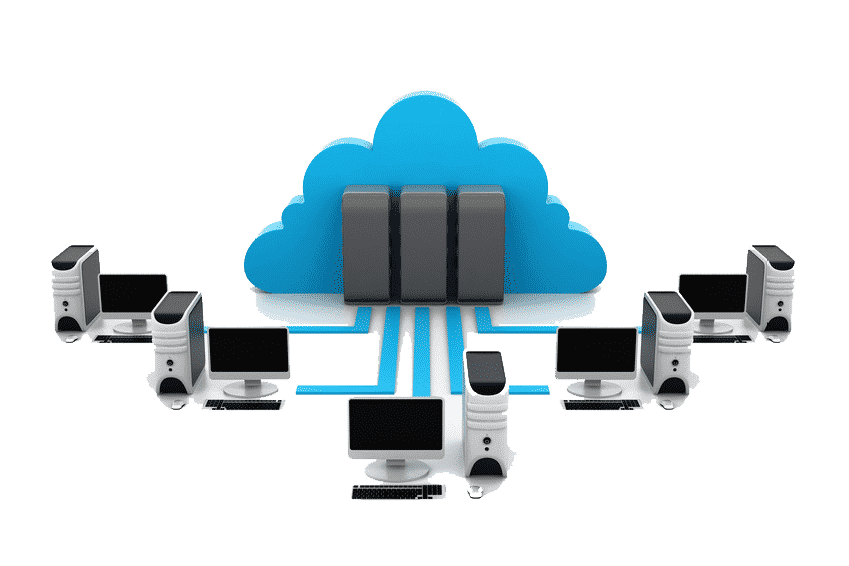
Your firm may be considering a move to the cloud.
When it comes to whether or not you should go for it, the answer is “yes”. By utilizing the cloud, your firm would join the ranks of many other companies throughout the world. Studies suggest that the cloud will be responsible for 94% of the internet’s workload by 2021.
Some of the reasons for moving to the cloud are likely to have come up throughout your research. It’s probable that your first concern is the safety of the jump. Is it reliable?
It is feasible, and we will prove it to you.
First, let’s define what a cloud server is before we get any further.
What is a cloud server?

A cloud server is a centralized, pooled server resource that is hosted and delivered through a network (typically the Internet) and accessible by multiple users on demand. Therefore, cloud servers are able to provide all of the same resources as traditional servers, including processing power, storage, and applications.
Cloud computing design allows cloud servers to be located anywhere in the world and to provide remote services. It’s not uncommon for traditional servers to be deployed on-site for the sole usage of a particular business.
As a rule of thumb, cloud computing is highly scalable, reliable, and cost-effective. The question is, what about other areas? In terms of performance, connectivity, and security, how trustworthy is cloud computing?
Cloud computing is extremely scalable, dependable, and cost-effective, as a general rule. However, what about other areas? In terms of performance, connectivity, and security, how reliable is cloud computing?
How reliable is cloud computing?
Problems with cloud computing’s performance and security are quite serious. Cloud computing has produced certain problems, while customers’ actions have caused others. Whatever the issue, there is typically a solution that leads to reliable cloud computing. All you have to do is identify an issue, determine its fundamental cause, and come up with a solution to it.
Performance
Due to the large number of users on the public cloud, the apps and data of many customers are kept on a single network infrastructure. Each virtual machine or application’s network performance is affected when a single VM or application takes up a large portion (or all) of the shared resources.
As soon as you discover a performance issue, ask your provider to transfer the asset to a different area for testing where the asset is installed right on to hardware rather than within the host operating system, to see whether it’s due to a “noisy neighbour.” If this does not address the problem, the problem is most likely due to the asset being under provisioned.
Connectivity

For cloud computing to work, you must be linked to your cloud service provider’s data center. Typically, these companies will sign contracts that guarantee “99.9% uptime”. People are granted “service credit” if companies break their pledge.
In cases where a service you didn’t receive negatively affects your business, the loss is considerably more than the value of the credit. It is exceedingly unusual for a cloud service to go down since cloud service providers have taken efforts to assure redundancy.
As a result, while connectivity isn’t 100% guaranteed all the time, it is quite dependable.
Security

As a result of the fact that you do not have ownership or management powers over the infrastructure on which your data is stored, cloud migration is hindered by concerns about cloud security.
This means that it’s not the procedures themselves that are unsafe, but rather the idea of cloud security as a whole.
Most security experts care more about how they can access data than where it is housed. Among other causes, the bulk of security issues are caused by defective assets, phishing, and a lack of protection for authentication credentials and personal devices. For any of this, there is no responsibility on the part of the cloud provider.
According to study, cloud computing security problems are caused by users, not service providers. This means users are responsible for ensuring that cloud computing is secure by safeguarding their valuables. Therefore, vulnerability testing and continuous security monitoring are critical for safeguarding your cloud assets. It’s totally up to you how secure you want the cloud to be.
Undoubtedly, your company’s future competitiveness will depend on moving to the cloud. Knowing how dreadful it may be to deal with crucial facts is common knowledge. Research and planning can help you choose a solution that can cut down on downtime and protect you from disaster.

